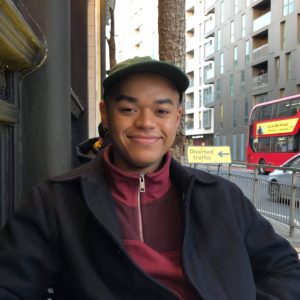
Isaac Huxtable is a Yorkshire-born, London-based writer and curator. He works across the photographic medium with a central focus on race and realism. Isaac is currently an Assistant Curator in Photography at the Victoria and Albert Museum. He studied at the Courtauld Institute of Art, followed by roles at the British Journal of Photography, the Photographers' Gallery, and the art agency Artiq. His words have featured in the British Journal of Photography, Elephant Magazine, Galerie Peter Sillem, The Photographers' Gallery, and The South London Gallery. He is particularly interested in documentary practices, gender, class, and the body.